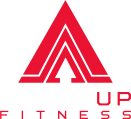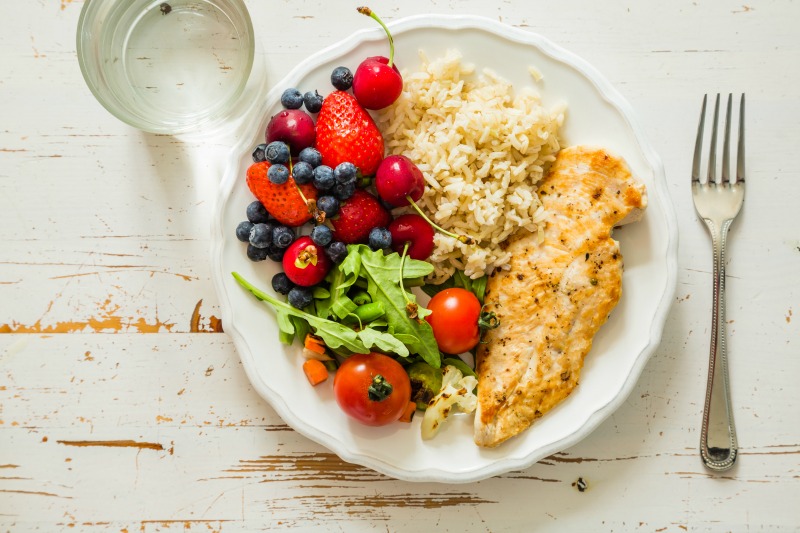Nutrition isn’t only about eating at a deficit of calories for weight loss. Nutrition can be about eating at a surplus of calories for muscle and weight gain as well as eating at maintenance calories for homeostasis and to sustain your current body composition.
It’s also about internal health, sport performance and recovery.
In my last blog post I shared how to lose 25-50lbs the free and easy way. If you missed it, you can read that blog HERE. And if you are one of those people who need to lose that weight, I recommend you start with the principles in that article and focus on implementing those changes before trying what I’m about to share. And although what I’m about to tell you will help you in the gym, the first priority is to eat healthy balanced meals 3-4 times a day (3 for average sized humans and 4 for above-average).
Once we get to a place where we have good control of our nutrition and are eating consistently, have achieved a level of leanness we are happy with, and would like to focus on performance, WHEN we eat is just as important as WHAT we eat.
There are 3 macronutrients: Proteins, Carbohydrates, and Fats. Each play an important role in the overall health and function of our body. Let me explain the importance and timing of each macronutrient…
PROTEIN
“Protein is the most essential macronutrient for those who lead an active lifestyle because of the crucial role it plays in muscular growth (hypertrophy) and muscular repair.” Krissy Mae Cagney (Black Iron Nutrition)
Additionally, protein is the priority macronutrient for those trying to lose weight.
You want to constantly and consistently feed your body protein throughout the day for optimal recovery, growth, and health.
CARBOHYDRATES
In our Little Lions Kids Fitness classes, I always teach to them that their bodies are rockets and carbs are the rocket fuel that help them fly. Life, training, and recovery requires energy. Carbs give us the energy we need.
I said that protein is the most important, but carbs are the necessary macro for active people who like to train hard. Your body prefers to use glucose, not fat, as energy when training hard. Intense anaerobic training with low carbs tells your body to recruit amino acids (protein) for energy instead of fat, therefore resulting in muscle loss and to put it frankly, crappy workouts.
FATS
Fats are the most calorically dense macronutrient coming in at 9 calories per gram (compared to 4 calories per gram for proteins and carbs). Fats are not the enemy. Fats do not make you fat.
Fats are essential for protecting and cushioning our organs and joints. They keep our brain healthy, our skin and nails healthy, are a secondary source of energy, help maintain hormonal balance, and help us grow and develop.
Contrary to what you may have heard or believe, fat is also good for weight loss because it is extremely satiating and keeps us fueled and full over the long run. When you’re eating at a deficit for weight loss, it’s important to stay full and satiated in order to prevent binge eating due to hunger.
That was a crash course in macronutrients. Now it’s time for to talk about nutrient timing for optimal performance and recovery. Again, I can’t stress enough that if your goal is to lose weight, it’s more important that you get the consistency and quality nutrition habits I mentioned in the last blog before messing with nutrient timing. But eventually we’ll all get to that spot where nutrition is in control and performance and maximizing is the name of the game!
Nutrient Timing: Protein
Spread your protein evenly throughout the day. Every meal should consist of protein in order to maximize protein synthesis, aka “muscle growth and recovery.” You want to constantly feed your body protein.
Nutrient Timing: Carbs
Since carbs are the preferred source of energy when training, you should bookend your workouts with the majority of your carbs. Follow the 70% rule: 70% of your carbs should come before and after your training to maximize performance in the gym and to maximize recovery after the gym. Also, by bookending your workout with carbs, it makes it almost impossible for your body to store them as fat. The remaining 30% of carbs can be spread out throughout your day.
Nutrient Timing: Fats
Since fats are the slowest to digest, therefore keeping us full for longer periods of time, eat a high fat meal when you tend to be the hungriest, which is usually the meal farthest away from your training OR eat a high fat meal when you know you know it’s going to be a while before eating again.
Because fats are slow digesting, they are not optimal for pre-/post-workout fuel.
Lastly, keep in mind that every meal may have traces of carbs and/or fats. That’s ok.
To put all of this to work, let’s look at some examples of morning and afternoon exercise plans based on 4 meals a day…
AM Early Morning Exerciser
Meal 1 (post-training): Protein/Carbs
Meal 2: Protein/Fats
Meal 3: Protein/Fats
Meal 4 (last meal of the day): Protein/Carbs
PM Afternoon/Evening Exerciser
Meal 1: Protein/Fats
Meal 2: Proteins/Fats
Meal 3 (pre-training): Protein/Carbs
Meal 4 (post-training): Protein/Carbs
Please use this information as a guide, not as a mandate. Use nutrient timing as a tool if and only if you are consistently eating 3-4 meals a day of balanced macronutrients.
Happy Eating and Happy Training Ya’ll!
-Haven


